RickyP
Hero Member
- Joined
- Feb 13, 2008
- Messages
- 583
- Reaction score
- 3
- Golden Thread
- 0
- Location
- Prairieville, Louisiana
- Detector(s) used
- Minelab CTX 3030, Explorer SE, Whites DFX
- #1
Thread Owner
I found a token from Burtville, La. a few weeks ago in St. Francisville and had never even heard of Burtville. Come to find out that it was located along the river in east baton rouge parish where bayou manchac runs into the mississippi river. I was able to find the following information about burtville.
Located along the (East) River Road (SR 327, in part) only about 13 miles south of downtown Baton Rouge (or only 9 miles along SR 30, a straighter route. Founded ca. 1887 as a logging camp by well-known lumberman and financier William L. Burton with C.S. Burt as his business partner in this venture. Burton apparently graciously offered to name the establishment "Camp Burt," and it soon came to be called "Burtville." A company store was in operation from ca. 1887 to ca. 1942. The Burtville Post Office was established 1892 and was closed 1932. Most of the surrounding land had long been cleared and farmed at the time of the Burtville logging camp, and the loggers began calling it "Burtville Plantation;" The name has stuck to this day, conveying the misconceived notion of a typical antebellum cotton plantation, which Burtville itself definitely was not. In 1903 the entire Burtville Plantation was purchased by Italian emigrant Sabin Gianelloni, who had previously purchased the adjacent Longwood Plantation. Gianelloni had worked as a clerk in the town of Plaquemine and had saved his money to realize the American dream of owning land. Gianelloni's descendents still own Burtville and adjacent Longwood Plantations today. Local lore has it that Frank James (brother of Jesse) as a traveling salesman passed through in 1912 and sold a quantity of shoes to the Burtville General Store. Only about 1.5 miles downriver from the site of Burtville is the mouth of Bayou Manchac [MAN-shak](now truncated by the levee), which was the international boundary between British West Florida and French Louisiana, and later (1762-1803) between British West Florida and Spanish Louisiana, which in 1803 became the Louisiana Purchase, then the Louisiana Territory USA, . In 1765 the British built Fort Bute on the north bank of Bayou Manchac, and in 1767 the Spanish governor of Louisiana, Antonio de Ulloa built Fort Manchac adjacent to the long established Indian village of Manchac (another ghost town). Submitted by: David B. Crider
Here's a photo of the Token along with the rest of the finds from the hunt.

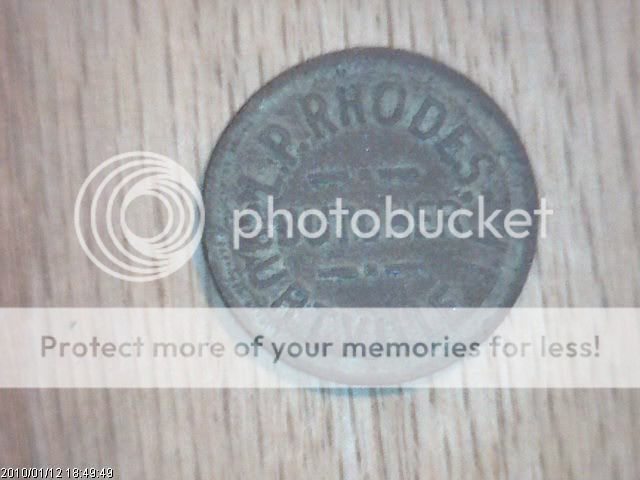

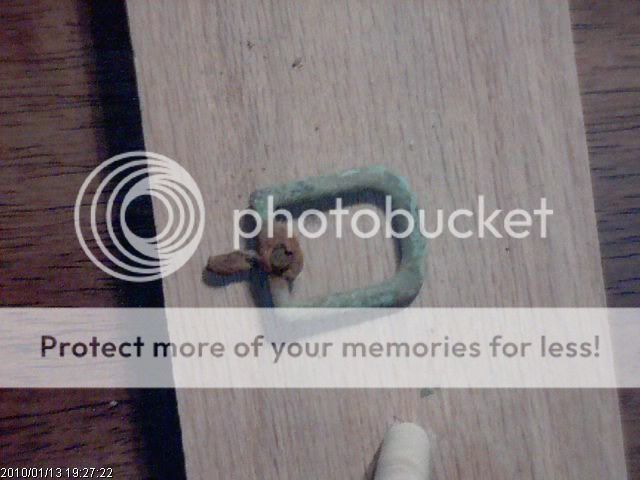
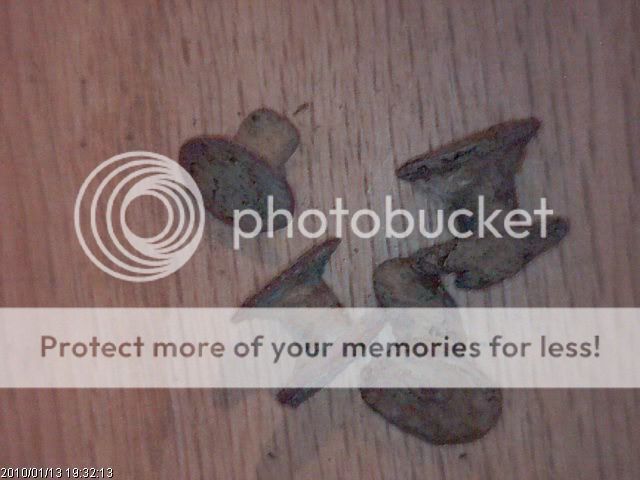
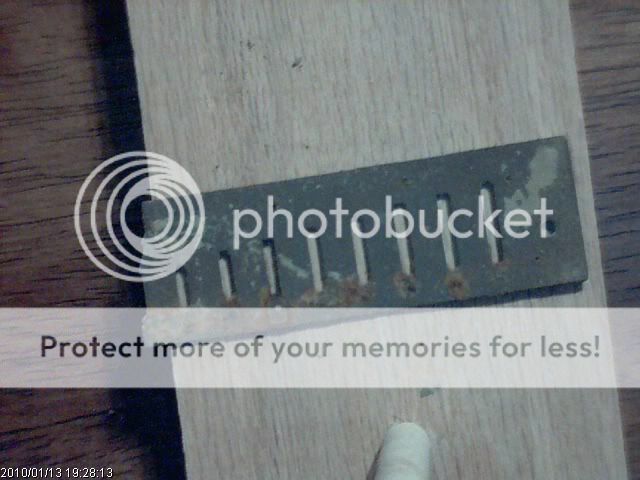
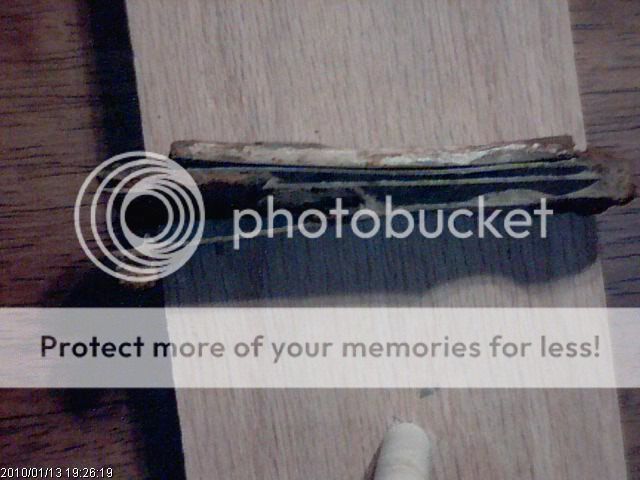
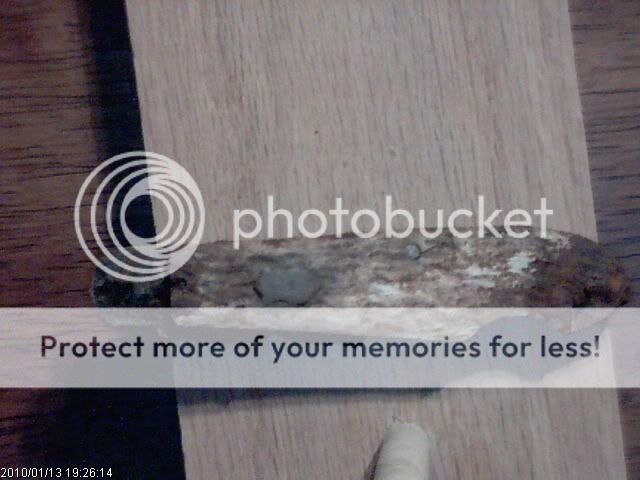
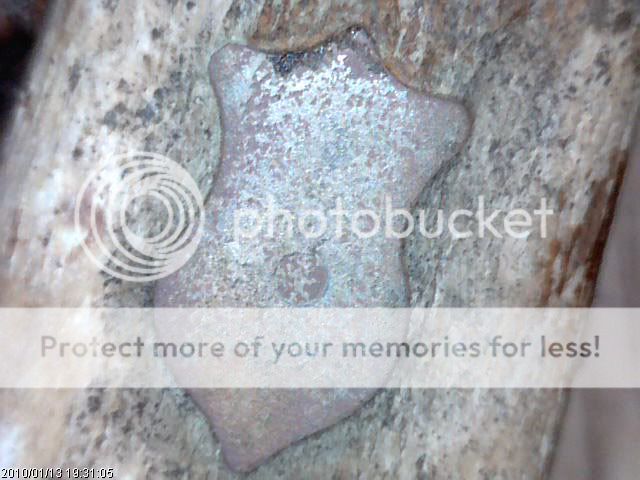
Located along the (East) River Road (SR 327, in part) only about 13 miles south of downtown Baton Rouge (or only 9 miles along SR 30, a straighter route. Founded ca. 1887 as a logging camp by well-known lumberman and financier William L. Burton with C.S. Burt as his business partner in this venture. Burton apparently graciously offered to name the establishment "Camp Burt," and it soon came to be called "Burtville." A company store was in operation from ca. 1887 to ca. 1942. The Burtville Post Office was established 1892 and was closed 1932. Most of the surrounding land had long been cleared and farmed at the time of the Burtville logging camp, and the loggers began calling it "Burtville Plantation;" The name has stuck to this day, conveying the misconceived notion of a typical antebellum cotton plantation, which Burtville itself definitely was not. In 1903 the entire Burtville Plantation was purchased by Italian emigrant Sabin Gianelloni, who had previously purchased the adjacent Longwood Plantation. Gianelloni had worked as a clerk in the town of Plaquemine and had saved his money to realize the American dream of owning land. Gianelloni's descendents still own Burtville and adjacent Longwood Plantations today. Local lore has it that Frank James (brother of Jesse) as a traveling salesman passed through in 1912 and sold a quantity of shoes to the Burtville General Store. Only about 1.5 miles downriver from the site of Burtville is the mouth of Bayou Manchac [MAN-shak](now truncated by the levee), which was the international boundary between British West Florida and French Louisiana, and later (1762-1803) between British West Florida and Spanish Louisiana, which in 1803 became the Louisiana Purchase, then the Louisiana Territory USA, . In 1765 the British built Fort Bute on the north bank of Bayou Manchac, and in 1767 the Spanish governor of Louisiana, Antonio de Ulloa built Fort Manchac adjacent to the long established Indian village of Manchac (another ghost town). Submitted by: David B. Crider
Here's a photo of the Token along with the rest of the finds from the hunt.












 Never heard of Burtville either, and had to Google it. The token is probably a rare find, might be worth $$.
Never heard of Burtville either, and had to Google it. The token is probably a rare find, might be worth $$. RR
RR